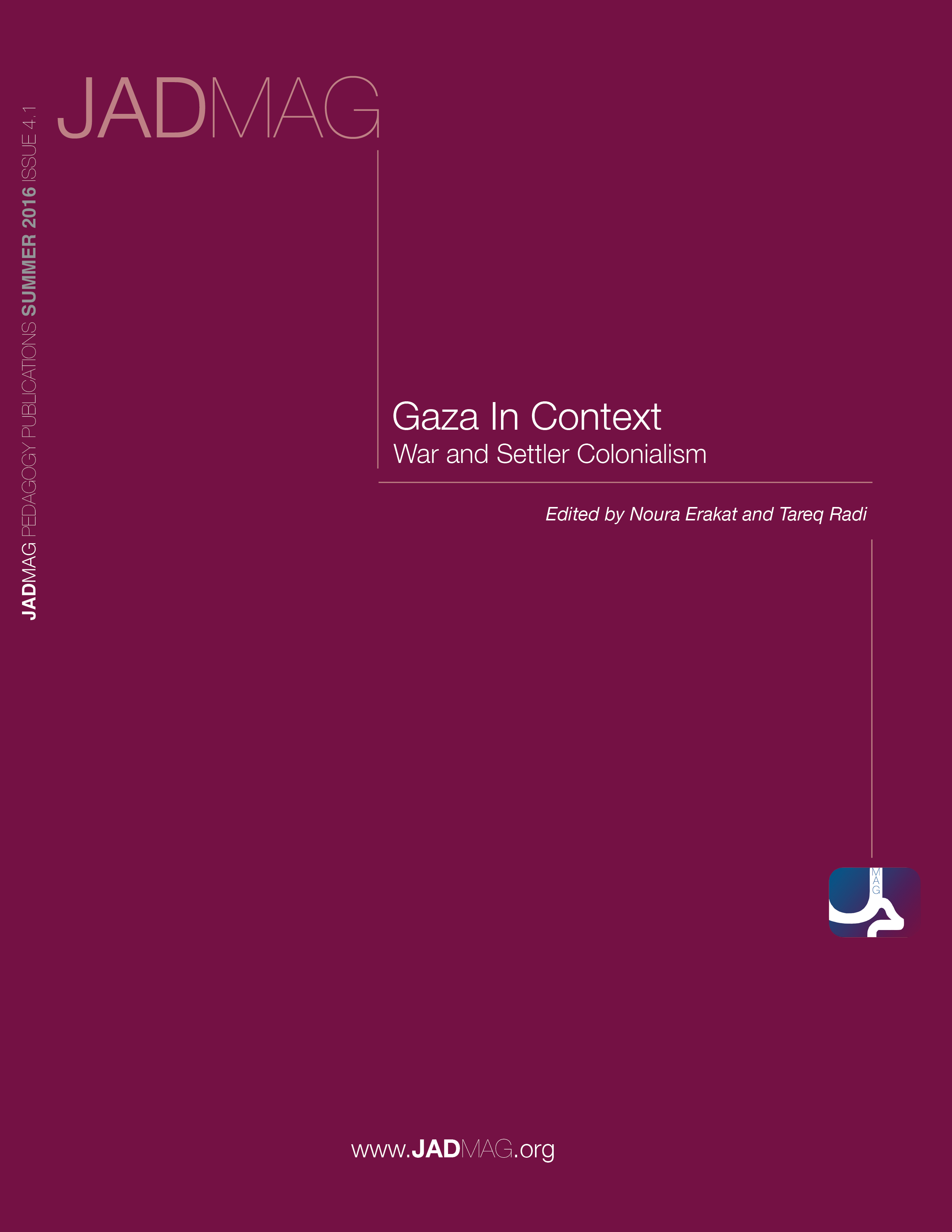The Gaza in Context team welcomes journalists, educators, and activists following the Great Return March, and recent events in Gaza generally, to use the pedagogical project Gaza in Context as a resource to better understand Israel’s policies towards Gaza and all Palestinians.
Once again, we are witnessing a devastating and rising death toll in the Gaza Strip this week. Since 30 March 2018, the Israeli military has killed over 100 Palestinians and injured thousands more protesting a decade long siege, 50 years of military occupation, and 70 years of forced exile. In its coverage of these historic civil mass protests led by Palestinian youth, the media continues to allow Gaza to float outside of history.
In its desperate search to understand Israel’s lethal use of force on 14 May 2018, nearly all mainstream media outlets have looked to the U.S. embassy opening in Jerusalem as a source of Palestinian anger and to Hamas as the source of incitement. In doing so, it has failed to scrutinize Israel’s explicit refusal to investigate itself and its opposition to any international investigations for its use of force. In effect, the media has accepted Israel’s insistence that it be the judge, jury, and executioner.
But like the wars of 2008, 2012, 2014, and others before them, Israel’s recent violent campaign against these Palestinian civilians is not Gaza or Hamas specific. It is part of a larger settler-colonial project that aims to remove Palestinians through dispossession, displacement, and concentration. Its use of force is emblematic of frontier warfare to contain Palestinian natives and establishing Israel’s uncontested sovereignty. To better understand these recent events, the Gaza Strip and its residents must be placed in the context of what has happened and continues to happen every day across Israel, the West Bank, and Gaza.
Our 20-minute multi-media film combines lecture, animation, typography, and footage from Palestine to provide this context in four, five-minute parts. For further reference, see the Script with Footnotes and Script Bibliography.


